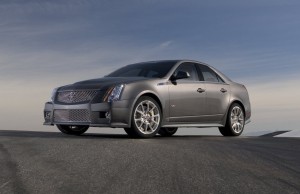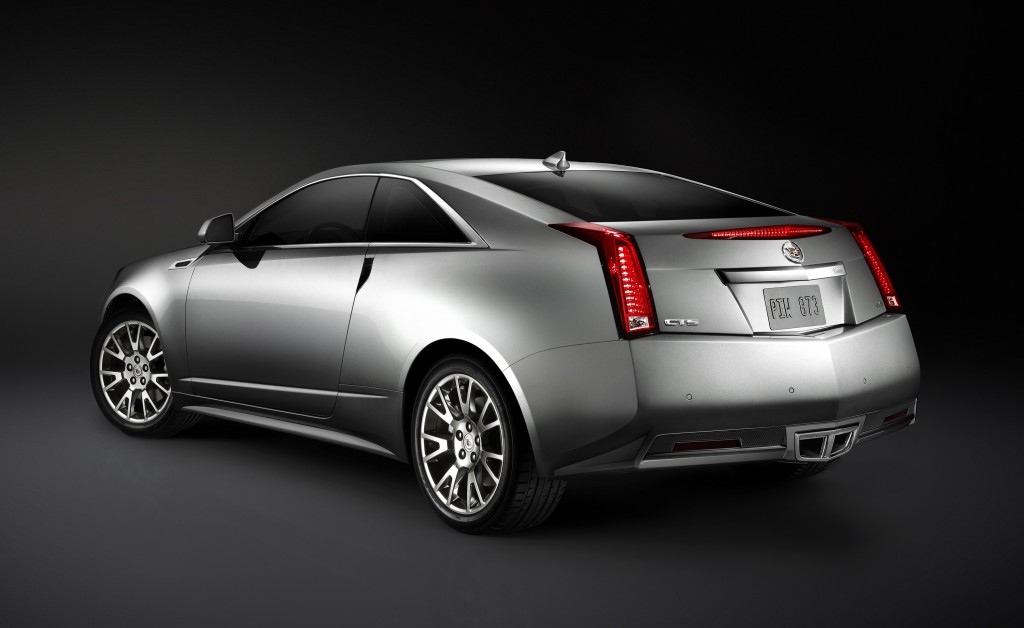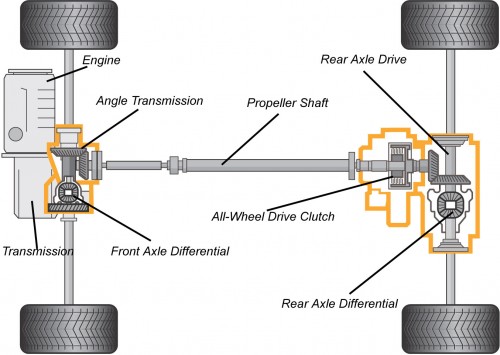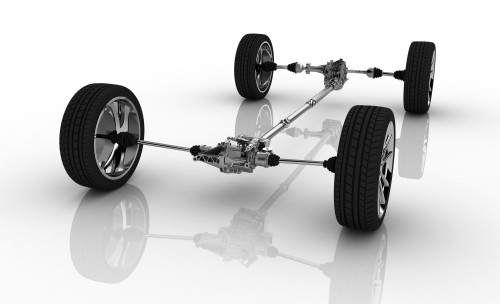
I have been a Cadillac fan, and follow developments and plans closely. I know some people don’t — they gave up on American made cars years ago and never returned, or simply don’t focus on automobiles. Now that Cadillac IS making some very intriguing, exciting Automobiles, you may not be familiar with the current Cadillac line-up.
Cadillac has a good consumer site here, among other sites, but it may be too MUCH information. This blog entry is intended as a primer on what Cadillac is up to these days in one easy page. I have included links from each model to the portion of the Cadillac site with more info on that model. To look in depth at each model there, choose “build your own”; that lets you see it in the various colors available, and select option sets.
The CTS is the best selling Cadillac through Oct 2009, followed by the Escalade Family. With no further adieu, let’s meet the current Cadillac Line-up:
Cadillac CTS Family:

Cadillac CTS Sedan (4 door)
CTS Sedan: a fullsize luxury performance sedan available either as a Base model with 3L, 270 hp V6 or as a Performance or Premium model with a 3.6L, 304 hp V6. Available in rear wheel drive or all-wheel drive (good for cold climates). Current platform released in 2008 as an update to the 2003-2007 model. Starts at US$36,730.

CTS Sport Wagon (Stationwagon)
CTS Sport wagon: the goodness of the CTS Sedan, but in Sport Wagon format for those who need a bit more room and utility. Drives like a luxury performance sedan, hauls like a Wagon. New for 2010. Starts at US$39,830.

Cadillac CTS-V
CTS-V Sedan: a Cadillac Supercar. A CTS with a Supercharged, 556 hp 6.2L V8 engine, Brembo performance brakes, Magnetic Suspension, and other go-fast options/touches. One of the fastest sedans in the world. Great riding, excellent comfort, faster than fast. The best car in the world for its price (around US$65K). Available only in rear-wheel drive, with manual or automatic transmission. Drive to the track, race, drive home — the definition of a Sports Car. Cadillac will release a CTS-V Coupe, and may even release a CTS-V Sport Wagon. If you have the means, this is the best luxury performance sedan bargain in the world. Starts at US$62,020.

2011 Cadillac CTS Coupe
Coming Soon: CTS Coupe: a highly stylized, updated 2-door model of the CTS Sedan. The CTS Coupe will be optioned and marketed as a personal luxury vehicle.

Cadillac DTS
DTS: Traditional full-size luxury. Front wheel drive, for good all-weather handling. 4.6L Northstar V8 engine. Last major update in 2000, but year to year evolutionary changes. Due for replacement, along with the discontinued STS, by the expected new XTS. People keep buying them, and GM is happy to keep selling them. The DTS has more rear seat leg room, and has a more ‘traditional’ Cadillac look popular with some buyers. Perhaps the softest / smoothest riding Cadillac. Starts at US$46,280.

2010 Cadillac SRX
SRX: Mid-size luxury SUV. Economic, efficient, and attractive. New for 2010. The previous SRX ran from 2004-2009, and was a ‘tall wagon’ based on the CTS Sigma architecture. This new model is on a new platform. Cadillac still refers to the new model as a cross-over. Available with 265 hp 3L V6 or 300 hp 2.8L V6 Turbo engines. Front wheel drive (FWD) or All wheel drive (AWD). Good all-weather, carry-all luxury SUV. Starts at US$33,330 (how cute is that?).
Escalade Family:

Cadillac Escalade
Escalade , Escalade Hybrid, Escalade ESV, Escalade EXT: full-size SUV. The Escalade Hybrid has a 2-mode hybrid powerplant, and gets 50% better fuel economy. Escalade ESV is an extended length variant, with more storage space. Escalade EXT has a pick-up truck like rear section, with a 4-seat front section. Available with rear-wheel drive (RWD) or all-wheel drive (AWD).
Discontinued after 2010:
- XLR : a 2-seat Cadillac personal luxury car. Corvette chassis, Cadillac Northstar V8, or in the XLR-V Supercharged V8.
- STS: a larger version of the previous CTS. Excellent Sedan, and offers the 302 HP 3.6L V6 or a 320 hp Northstar V8. Rear wheel drive or All wheel drive. Higher standard features and more high end options available than on the CTS, but not visually as striking, although much improved with the last update. STS and DTS to be merged into the upcoming XTS.
Certified Pre-Owned: The Cadillac Certified Pre-Owned program gives you the advantage of purchasing a “known good” used Cadillac directly from a Cadillac Dealer with an extended warranty.
Also coming soon: (Future Models):
- Cadillac Converj an extended range electric Cadillac coupe
- Cadillac ATS or Alpha is a new model that will be smaller and less expensive than the CTS
- XTS: [UPDATE] large sedan replacement for the STS and DTS. The XTS has been given the code P1LL, and a 2012 model launch year.













